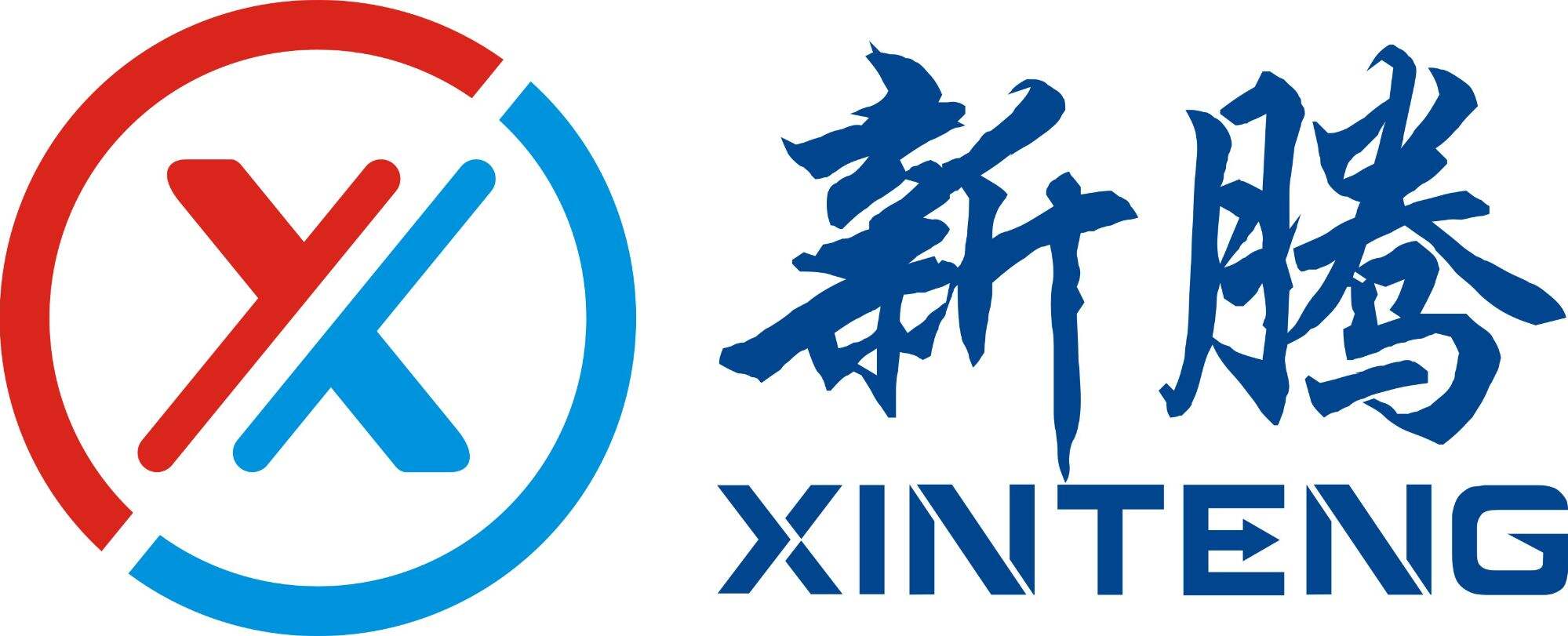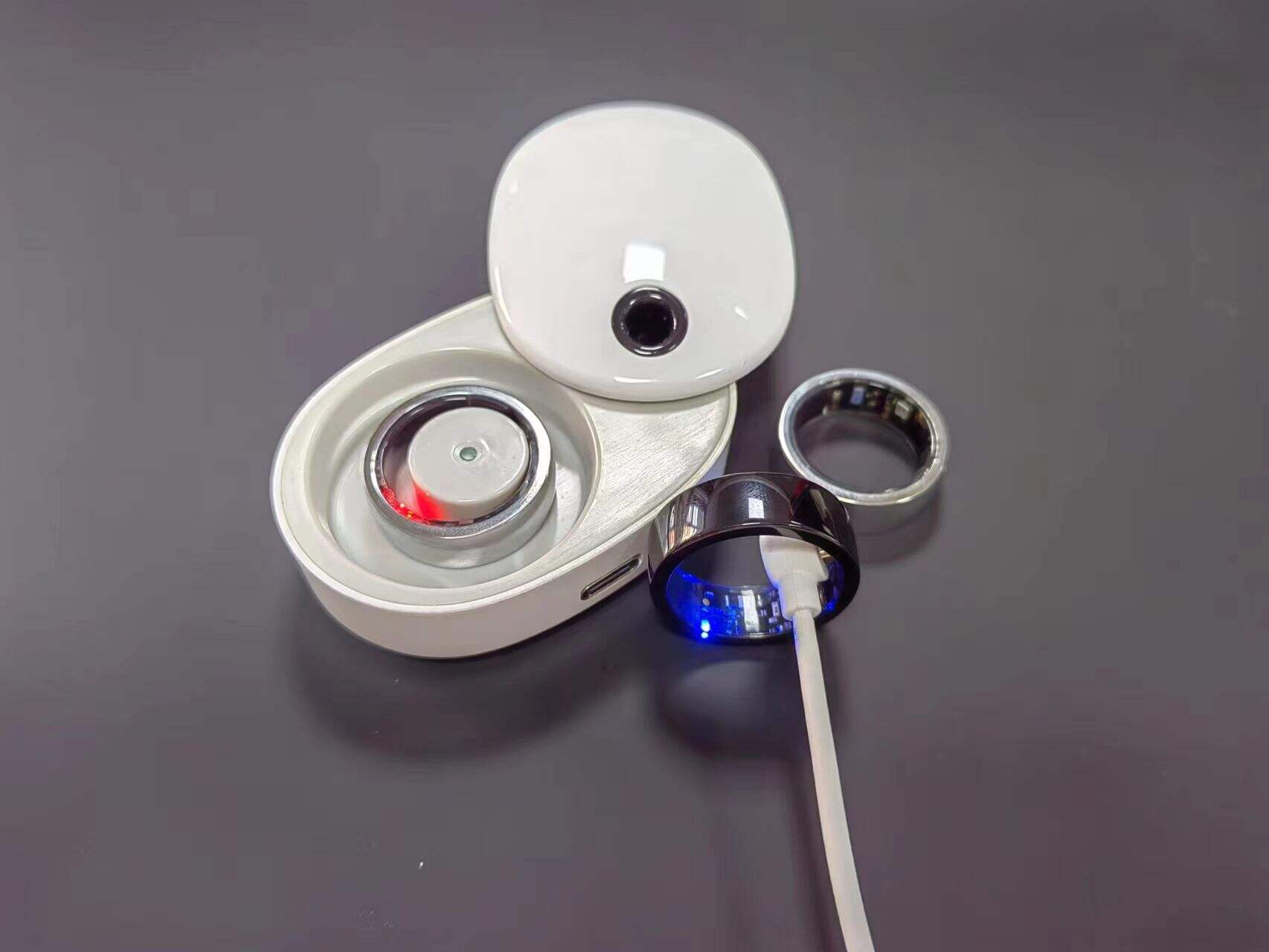Can Magnetic Charge and Data Cable Support Fast Data Sync?
Can Magnetic Charge and Data Cable Support Fast Data Sync?
Understanding Magnetic Charge and Data Cables
How Data Sync Speed Works in Cables
- Data Transfer Standards: Cables follow specific standards that define maximum transfer speeds. Common standards include USB 2.0 (480 Mbps), USB 3.0/3.1 Gen 1 (5 Gbps), USB 3.1 Gen 2 (10 Gbps), USB 3.2 Gen 2x2 (20 Gbps), and Thunderbolt 3/4 (40 Gbps). The higher the standard, the faster the potential data sync.
- Cable Construction: The materials used in the cable, such as the type of conductors (copper vs. aluminum) and shielding, affect signal strength and reduce interference, which can slow down transfers.
- Connector Quality: The magnetic connectors must maintain a stable, consistent connection to ensure data flows without interruptions. A loose or poorly aligned magnetic connection can cause data loss or slower speeds.
Can Magnetic Charge and Data Cables Support Fast Data Sync?
- Support for High-Speed Standards: Fast data sync requires the cable to support USB 3.0 or higher standards. Many budget magnetic charge and data cables are limited to USB 2.0, which maxes out at 480 Mbps—too slow for large files. However, premium magnetic cables are built to support USB 3.1 Gen 2 (10 Gbps) or USB 3.2 (20 Gbps), enabling fast transfers of 4K videos, large backups, or high-resolution photos.
- Quality Conductors and Shielding: Fast data transfer relies on strong, stable signals. High-performance magnetic charge and data cables use oxygen-free copper conductors, which offer better conductivity than aluminum. They also include shielding (like braided or foil shielding) to block electromagnetic interference (EMI) from other electronics, ensuring data signals don’t degrade during transfer.
- Stable Magnetic Connection: The magnetic connectors must create a tight, consistent link. If the magnets are too weak or the alignment is poor, the connection may drop or fluctuate, slowing down data sync. Top magnetic charge and data cables use strong, precisely aligned magnets to maintain a stable connection, even during movement.

Factors That Affect Fast Data Sync in Magnetic Cables
- Magnetic Connector Design: The magnetic adapter must have enough pins to support high-speed data transfer. USB 3.0 and higher require more pins than USB 2.0, so the magnetic connector must include these additional pins to enable fast sync. Some low-quality magnetic cables skip extra pins, limiting them to USB 2.0 speeds.
- Cable Length: Longer cables can suffer from signal loss, especially at high speeds. A magnetic charge and data cable longer than 2 meters may struggle to maintain 10 Gbps or higher speeds unless it includes signal boosters or active components to amplify the data signal.
- Device Compatibility: Both the cable and the connected devices must support the same high-speed standard. For example, a USB 3.2 magnetic cable won’t sync fast if connected to a computer with only USB 2.0 ports. Always check that your device’s ports support the cable’s maximum speed.
- Build Quality: Cheap materials, poor soldering, or weak shielding can cause signal loss, even if the cable claims to support high standards. Investing in a reputable brand ensures the cable is tested to meet its advertised speed capabilities.
Benefits of Fast Data Sync Magnetic Charge and Data Cables
- Convenience Without Compromise: You get the ease of magnetic connectivity (quick attachment, reduced port wear) while still enjoying fast transfers. This is ideal for users who want both speed and convenience for daily use.
- Time Savings: Fast data sync reduces the time needed to transfer large files. Whether you’re backing up a phone’s photo library or transferring a video project to a computer, a fast magnetic cable saves valuable time.
- Versatility: A high-quality magnetic charge and data cable can handle both fast charging and fast syncing, eliminating the need for separate cables. This reduces clutter and makes it easier to carry one cable for multiple tasks.
- Durability: Premium magnetic charge and data cables are built to last, with strong connectors, durable jackets, and reinforced wiring. This ensures they maintain fast sync speeds over time, even with frequent use.
How to Choose a Magnetic Charge and Data Cable for Fast Data Sync
- Check the Data Transfer Standard: Look for cables explicitly labeled as supporting USB 3.0, USB 3.1 Gen 2, or USB 3.2. Avoid cables that only mention “fast charging” without specifying data standards, as they may be limited to USB 2.0.
- Verify Connector Pins: High-speed cables require more pins for data transfer. Ensure the magnetic connector has enough pins to support the claimed standard (e.g., 9 pins for USB 3.0).
- Look for Quality Materials: Choose cables with oxygen-free copper conductors and shielding (braided or foil) to ensure stable signal transmission. A durable outer jacket (like nylon braiding) adds longevity.
- Check Magnetic Strength: Read reviews to confirm the magnetic connection is strong and stable. Weak magnets can cause dropouts that slow down sync.
- Consider Length: Stick to cables 1–2 meters long for the fastest speeds. If you need a longer cable, choose one with active signal boosting.
- Choose Reputable Brands: Brands like Anker, Belkin, or Ugreen are known for producing reliable magnetic charge and data cables that meet their advertised speed claims.
FAQ
What’s the maximum data sync speed a magnetic charge and data cable can support?
Why is my magnetic cable slow at data sync even though it says “USB 3.0”?
Can a magnetic charge and data cable charge fast and sync fast at the same time?
Do magnetic connectors affect data sync speed?
Are magnetic charge and data cables more expensive than traditional cables?
Hot News
-
Challenges for Pogo pin manufacturers in the AI era
2023-12-14
-
Teach you how to understand Pogo pin spline structure
2023-12-14
-
What products can Pogo pin be used in?
2023-12-14
-
How to choose Pogo pin connector
2023-12-14

 EN
EN
 AR
AR
 BG
BG
 HR
HR
 CS
CS
 DA
DA
 NL
NL
 FI
FI
 FR
FR
 DE
DE
 EL
EL
 HI
HI
 IT
IT
 JA
JA
 KO
KO
 PL
PL
 PT
PT
 RU
RU
 ES
ES
 SV
SV
 TL
TL
 IW
IW
 ID
ID
 LV
LV
 SR
SR
 UK
UK
 VI
VI
 GL
GL
 HU
HU
 TH
TH
 TR
TR
 AF
AF
 MS
MS
 SW
SW
 GA
GA
 CY
CY
 IS
IS
 BN
BN
 BS
BS
 NE
NE





